- Overview & Types
- Symptoms & Diagnosis
- Treatment
- Living With
- Related Conditions
- Type 2 Diabetes
- Type 1 Diabetes
- Gestational Diabetes
- Appointment Prep
- View Full Guide
Heart-Smart Foods for Type 2 Diabetes


Nutrients and Fiber Count
The best eating plan for people with diabetes has two goals: control blood sugar and protect your heart. It should fuel you with key nutrients and plenty of fiber -- 30-38 grams for men and 21-25 grams for women. Build your meals with whole foods -- all colors of vegetables, fruits, whole grains, healthy proteins, and unsaturated fats. This approach can help you lose weight, too, which is often a must to manage diabetes. Here are standout choices to keep meals tasty and heart healthy.
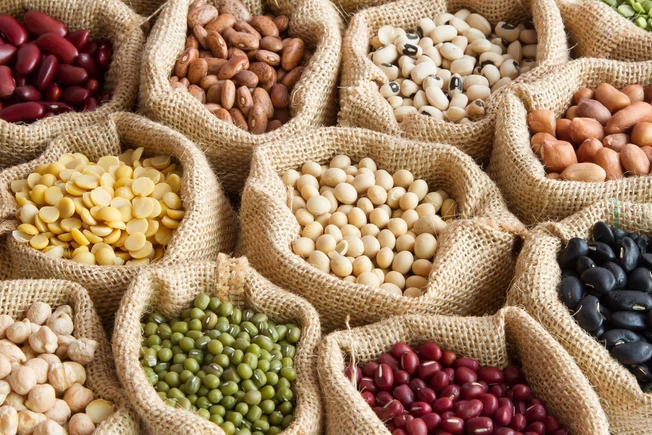
Legumes
Fiber lowers blood sugar, and legumes are a great way to get it in your diet. Besides black, white, kidney, navy, and other beans, try lentils and dry split peas, which cook without a pre-soak. A cup of cooked legumes every day can lower your A1c and cut your risk of heart disease by easing your blood pressure, resting heart rate, and levels of the blood fats called triglycerides. They can also lower your risk for stroke.
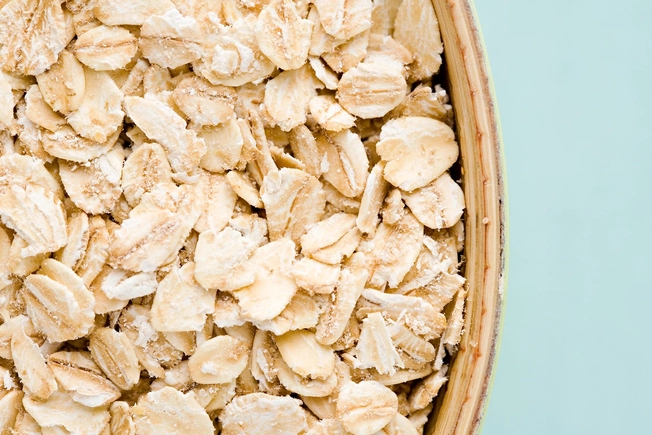
Oats
Fiber comes in two forms: the insoluble fiber in whole grains and the soluble fiber in legumes and oats. Soluble fiber helps lower blood sugar and cholesterol to protect your heart. The less processed the oats, the more nutrients they have, so choose rolled or steel cut oats over instant.
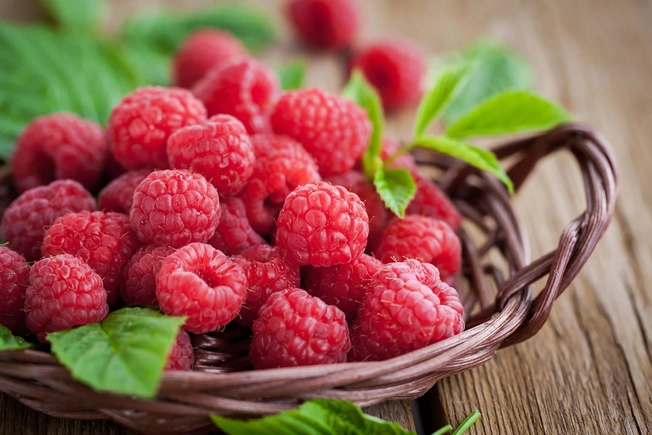
Red Raspberries
Many berries are chock full of nutrients, but raspberries are superstars for blood sugar control. They have just 5 grams of sugar per cup and plenty of fiber. Along with fiber, they’re good for heart health because they have nutrients that fight inflammation and high LDL (bad) cholesterol.
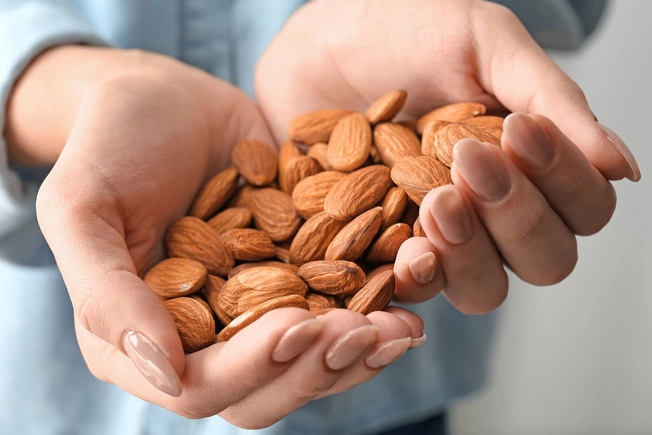
Almonds
Nuts supply protein, healthy fats, and carbs plus some fiber and important nutrients. Almonds in particular help steady blood sugar, cholesterol, and blood fats. They also satisfy hunger. Not an almond fan? A handful of pecans can improve insulin resistance and is linked to lower risk of heart disease.

Whole Grains
Carbs aren’t off the table when it comes to blood sugar control. But the kind you eat matters. When you want to have bread or pasta, go for whole grain varieties. Unlike the refined and processed kind, whole grains have their bran and germ layers intact, and that helps lower your risk of heart disease. Besides their fiber, they are rich in nutrients like B vitamins, magnesium, and selenium. Whole grains slow the usual after-meal rise in blood sugar and help you feel full longer.
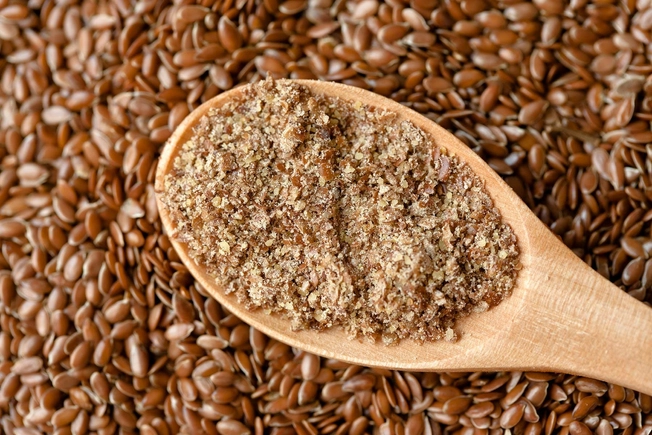
Flaxseeds
For their tiny size, flaxseeds pack quite a punch against high blood sugar and cholesterol. They help fight the plaque buildup on artery walls that leads to heart disease, thanks to a nutrient called secoisolariciresinol diglucoside (SDG). It can lower total cholesterol, especially the “bad” kind, LDL, while boosting the “good” kind, HDL. Try processing flaxseeds in a coffee grinder and sprinkling them on oatmeal and yogurt. You can also use them in place of some flour in recipes.
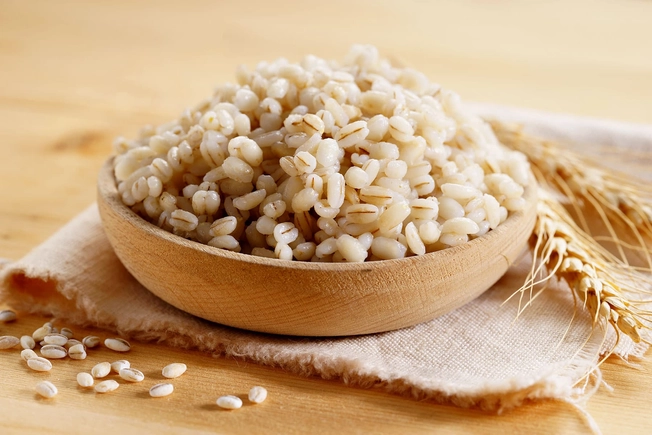
Barley
A tasty base for healthy soups and side dishes, barley belongs to the whole-grain family. It’s rich in a type of fiber called beta-glucan that lowers both cholesterol and blood sugar levels to support heart health and manage diabetes. Choose hulled barley, not pearl, which loses its whole-grain status when it gets processed.
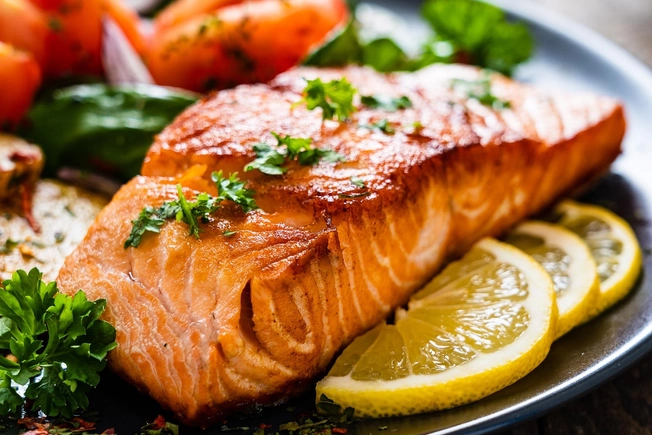
Fatty Fish
Fish like salmon, herring, rainbow trout, and sardines are rich in unsaturated fats called omega-3 fatty acids, good for heart health. A regular dose of these nutrients can help ward off a dangerous diabetes-related threat to vision, diabetic retinopathy. A 3-ounce fatty fish serving twice a week gets you what you need.
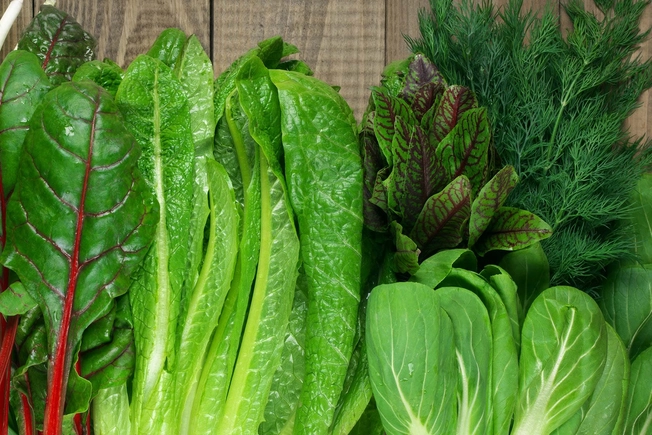
Leafy Greens
Low in calories, leafy greens like spinach and lettuce are more than a filling base for salads. They’re packed with nutrients to support good health. Eat one or two servings every day for a lower risk of heart disease. They’re rich in vitamins C and E, which offer protection against inflammation, and fiber, which helps lower blood sugar.
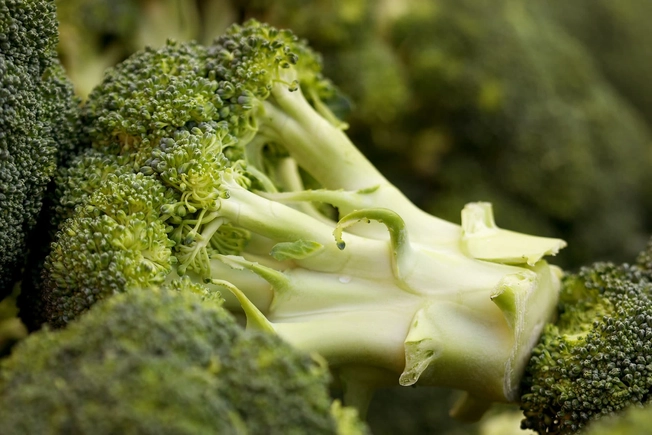
Broccoli
This vegetable is at the top of almost every superfood list, and it doesn’t disappoint when it comes to better blood sugar control. With every bite, you get a phytochemical called sulforaphane that works to lower blood sugar. What’s more, just a ¼ cup a day can help lower calcium buildup in arteries. Other members of the cruciferous vegetable family can give similar benefits. Try Brussels sprouts, cabbage, and cauliflower.
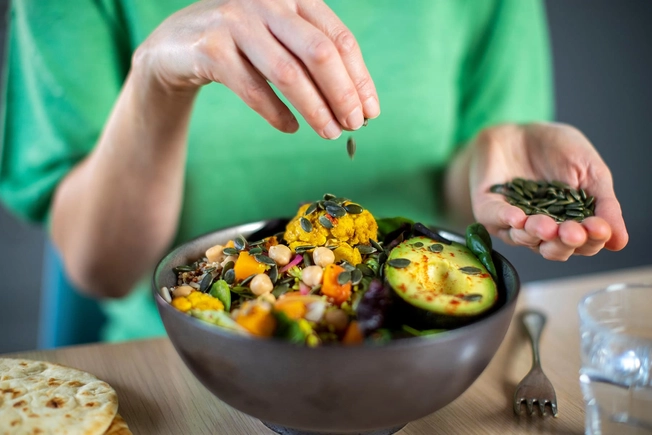
Pumpkin Seeds
Skip the croutons in favor of pumpkin seeds on your salad to get a handle on diabetes. They help lower blood sugar levels after a meal, plus their magnesium supports heart and bone health. Buy them as unsalted pepitas or roast your own -- it’s perfectly fine to eat the shell, which toasts up nicely in the oven and gives you extra fiber.
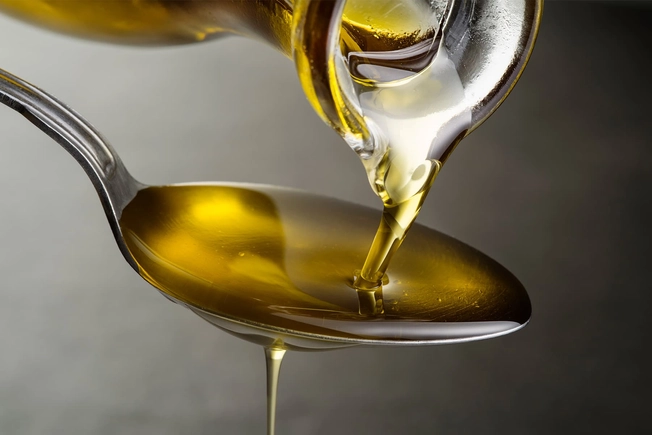
Extra-Virgin Olive Oil
Although fats don’t raise blood sugar levels, they can affect cardiovascular health. Animal-based saturated fat poses the greatest risk to your heart. Among plant-based fats, extra-virgin olive oil is a standout and may even protect the heart, thanks to compounds called polyphenolics. A key part of the Mediterranean diet, olive oil can help your body better use insulin, lower blood pressure, and cut the risk of heart disease and stroke.
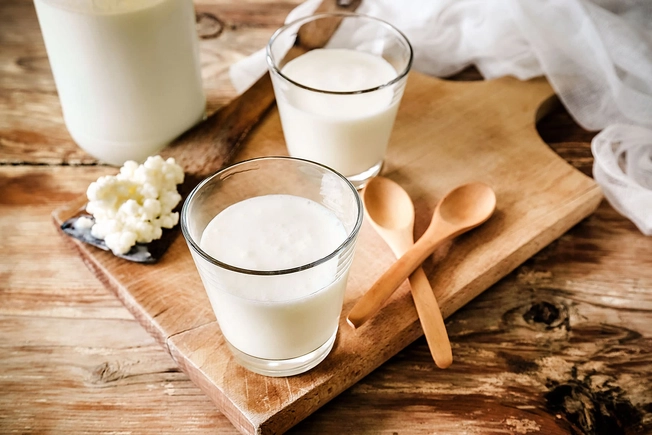
Kefir
It’s a fermented, milk-based drink rich in probiotics. One study found that drinking 2.5 cups of kefir every day for 8 weeks lowered the A1c results in people with diabetes. The kefir they drank had a few types of bacteria: Lactobacillus casei, Lactobacillus acidophilus, and Bifidobacteria. Kefir also helps lower blood pressure, another risk factor for heart disease.